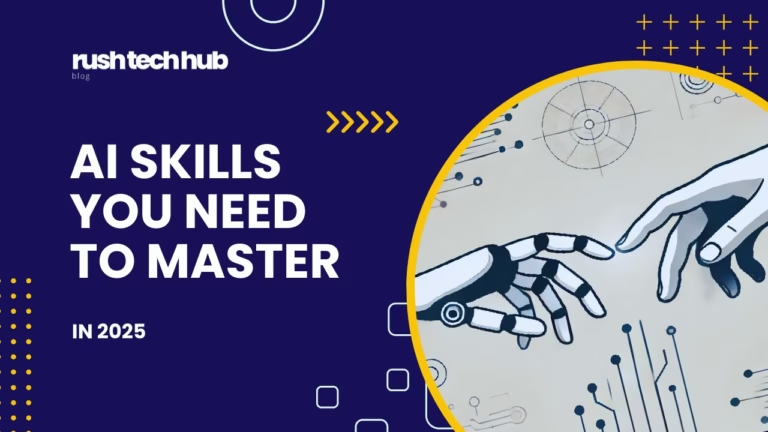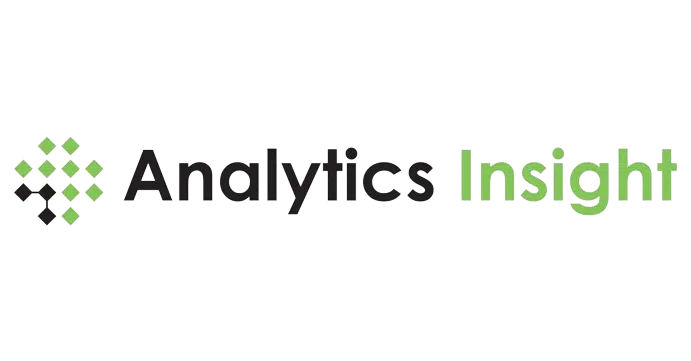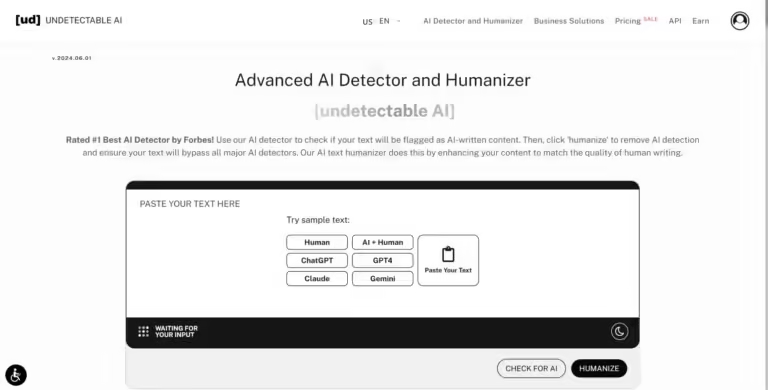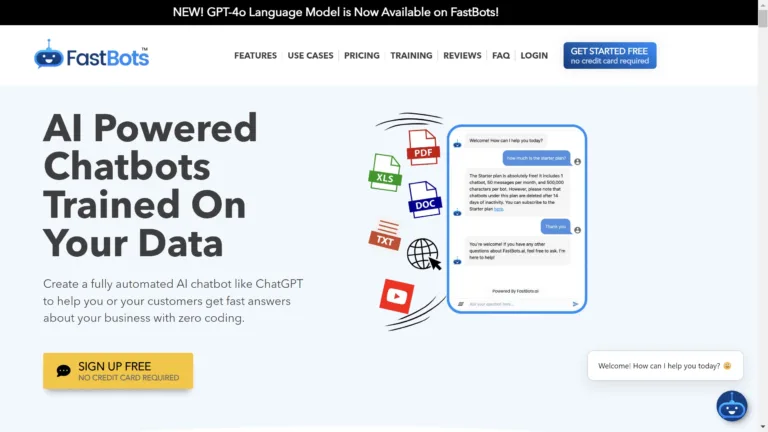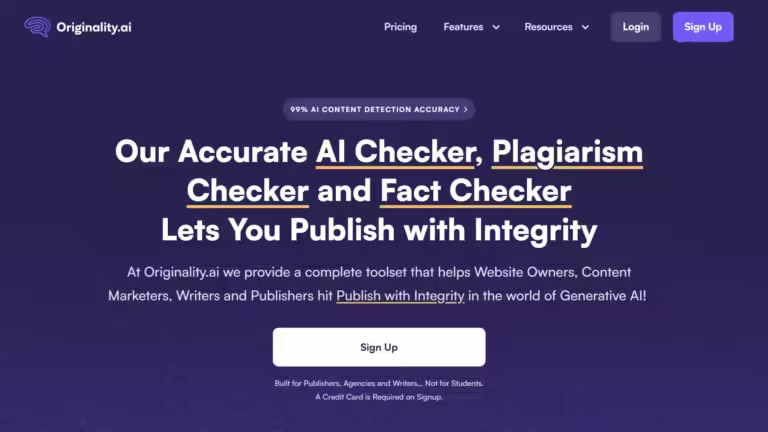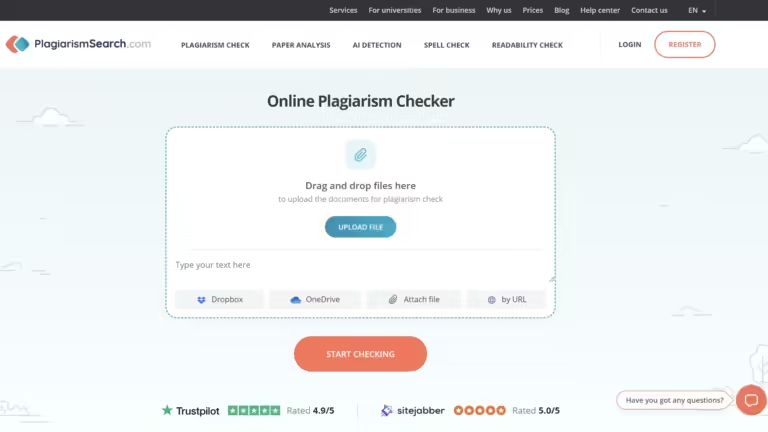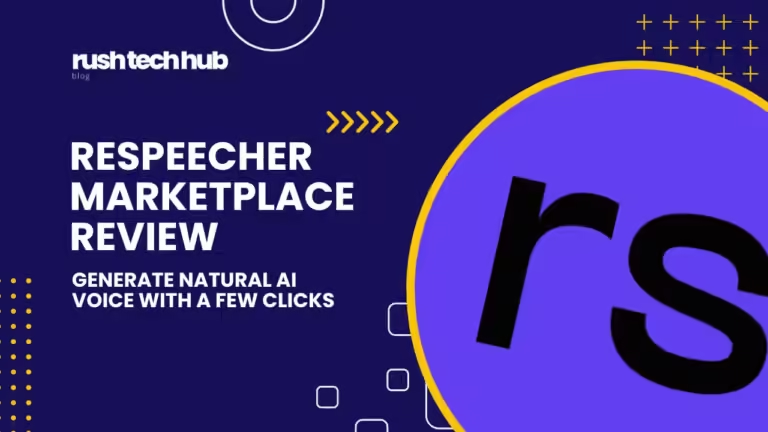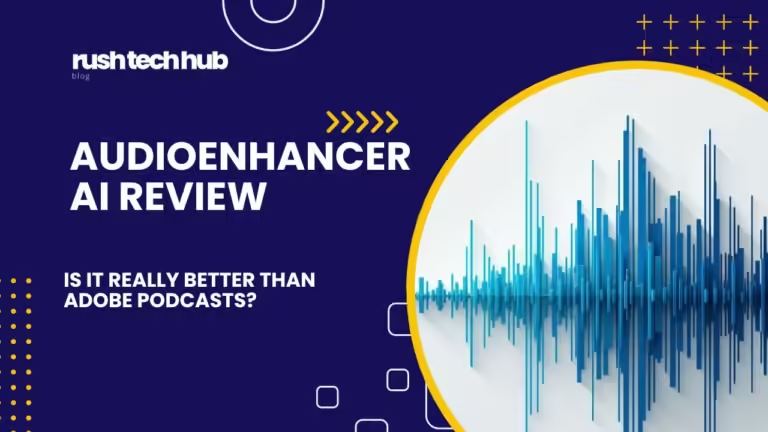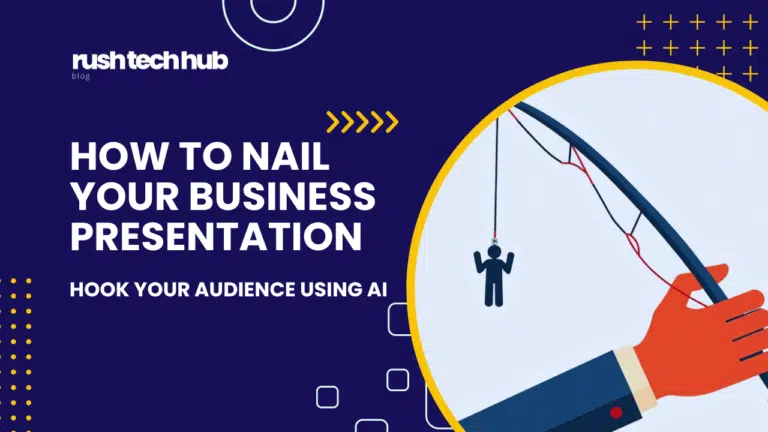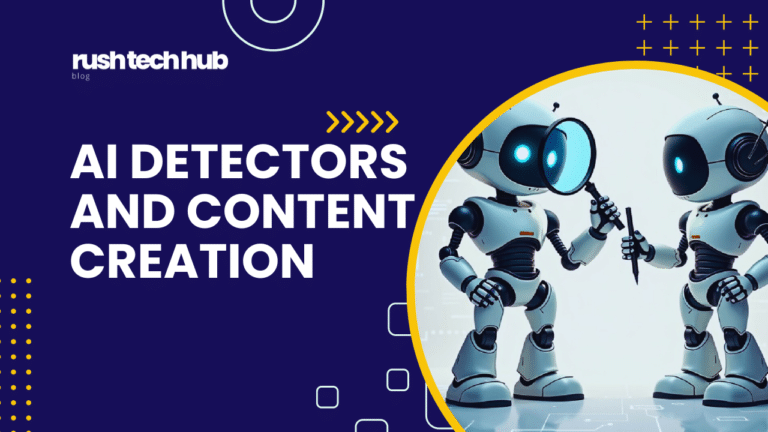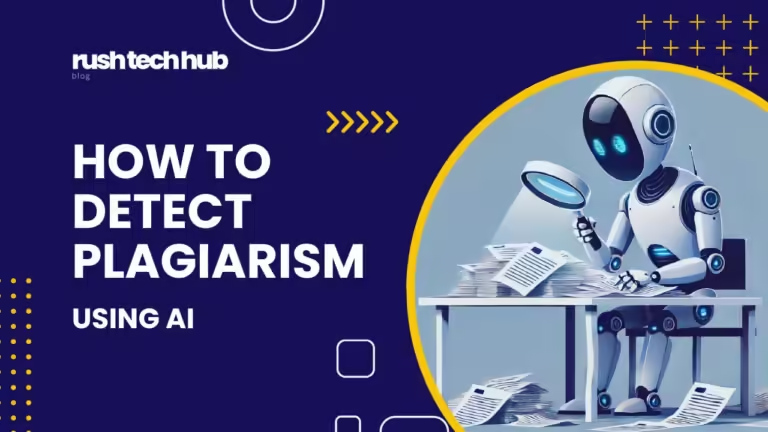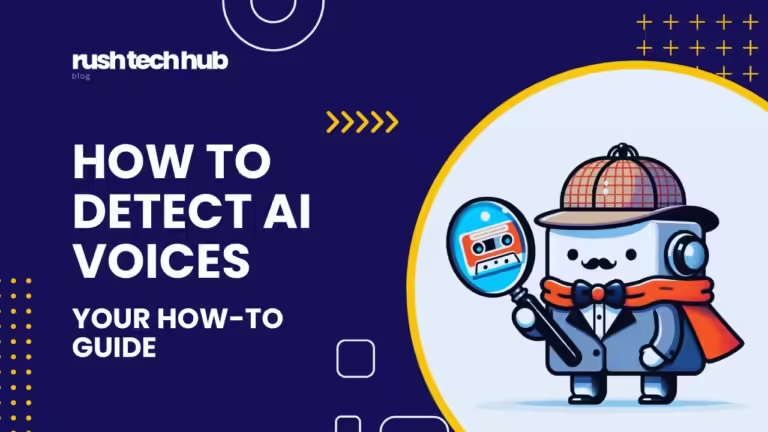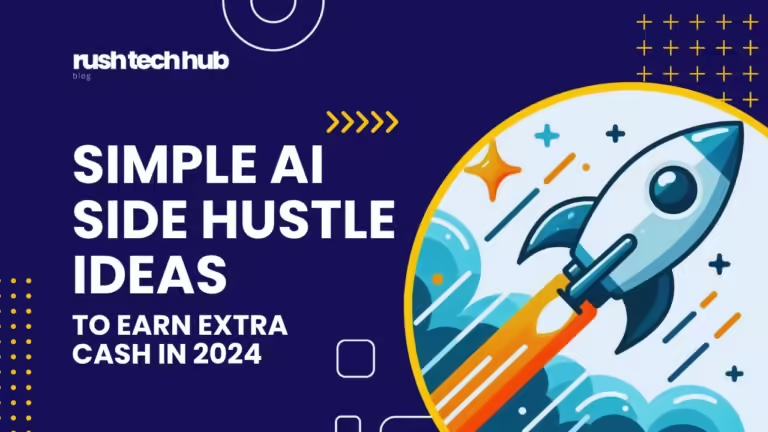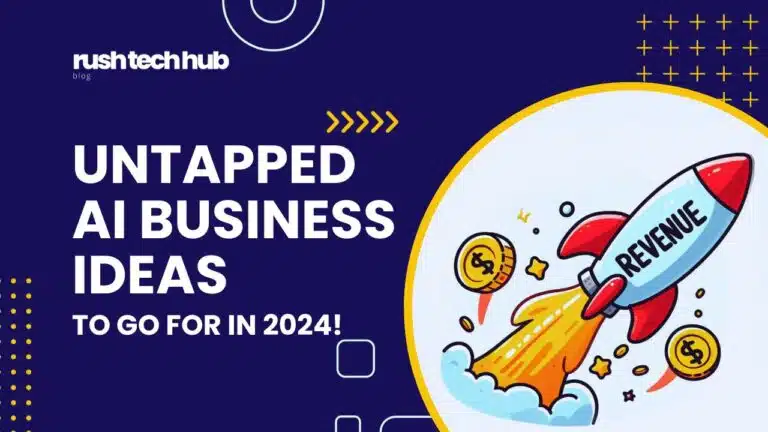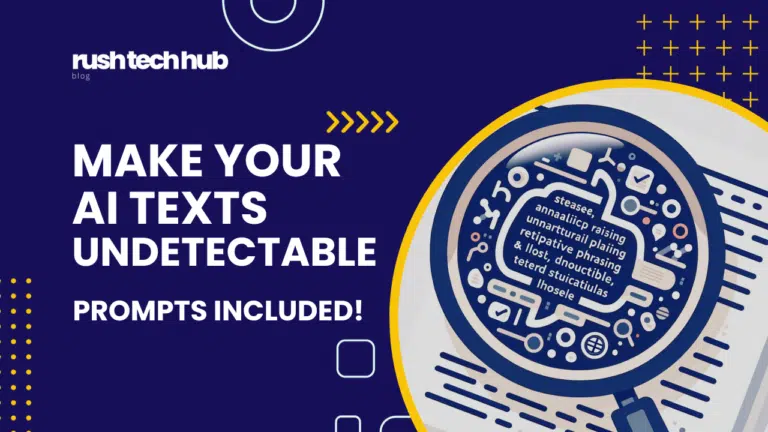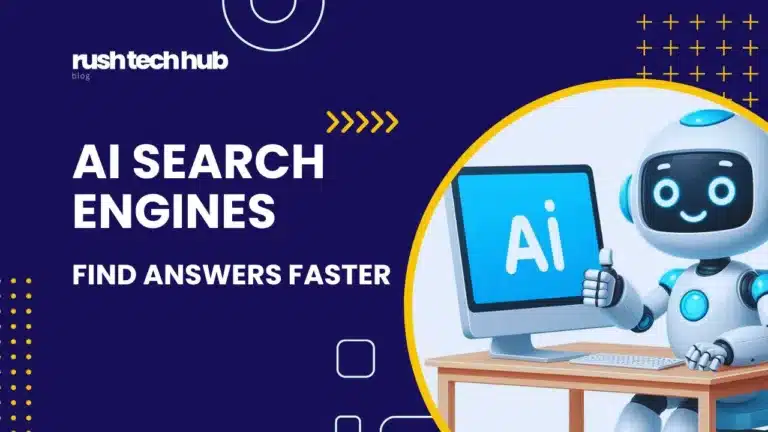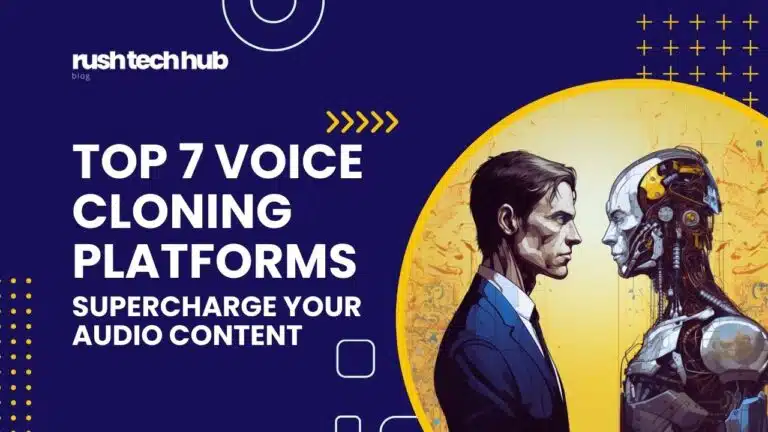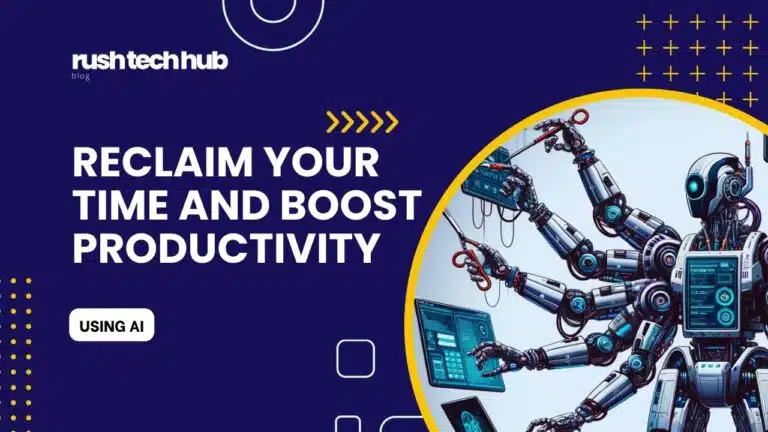Healthcare Diagnostics and Drug Discovery
AI is helping doctors find diseases more accurately. It can look at medical images like X-rays and MRIs to spot problems and identify conditions like cancer. This helps patients get better care and treatment. AI is also making it faster and cheaper to find new medicines by looking at a lot of information to choose the best ones.
Autonomous Vehicles and Smart Transportation
AI is making self-driving cars possible. These cars use AI to see their surroundings, make choices, and drive safely without a human driver. This could make transportation better by reducing accidents caused by human mistakes. AI is also being used to manage traffic by looking at information in real-time and changing traffic lights to reduce congestion and make roads safer.
Personalized Education and Intelligent Tutoring Systems
AI is changing education by making learning more personalized for each student’s needs and abilities. Smart tutoring systems using AI can provide one-on-one teaching, adapt to a student’s learning style, and give specific feedback. These systems look at student data to find strengths and weaknesses, and suggest the right learning materials and activities. This personalized approach helps students get the support they need to do well.
Predictive Maintenance and Industrial Automation
AI is being used in factories to predict when machines might break down, so they can be fixed before problems happen. By looking at information from sensors and past maintenance records, AI can find patterns that show potential issues. This helps companies plan their maintenance better, improve efficiency, and save money. AI is also making factories more automated, which makes processes smoother and reduces human errors.
Fraud Detection and Cybersecurity
AI is important for finding and stopping fraud and cyber attacks. It can look at a lot of data to find unusual patterns and mark suspicious activities quickly. This helps protect people and organizations from losing money. AI is also used in cybersecurity to find and block cyber attacks, like viruses and phishing attempts, by learning to recognize harmful behavior and adapting to new threats. This improves the overall security of organizations, protecting important data and systems from changing cyber threats.
